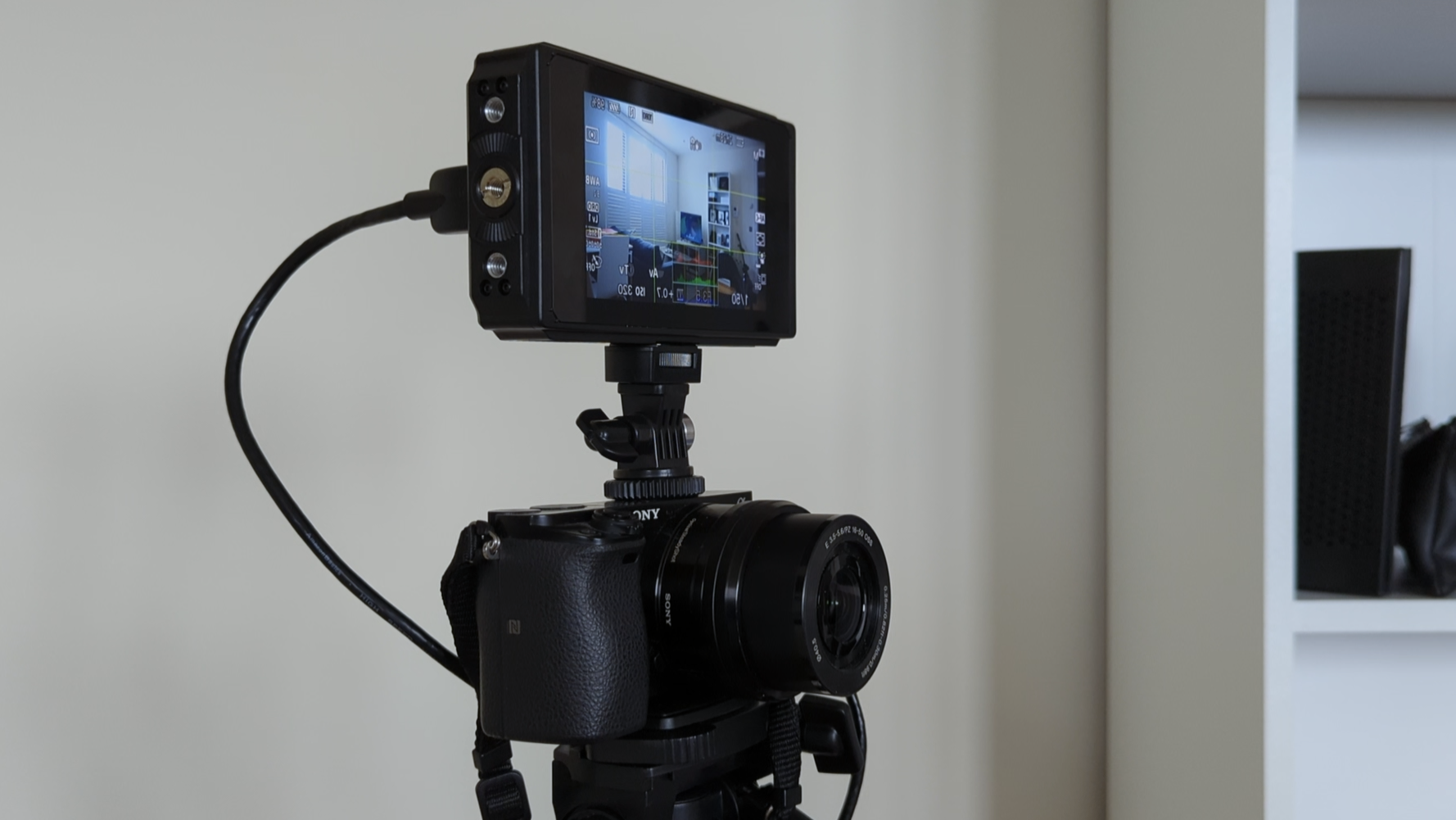We Go Hands-on with the FOTGA E50 Monitor
Today we’re going to take a look at the FOTGA E50 camera monitor, which is a mid-range piece of kit designed for content creators and videographers. Priced at around 339 pounds here in the UK, it is a bit expensive but it does come with a ton of useful features and has a design and functionality geared for easy-to-use operations.
With that said, we have the device here for a bit of hands-on and some usage – let’s get started!
Unboxing and Contents
As far as packaging goes, the FOTGA E50 monitor comes in a pretty standard-looking box, and opening it you get a hood for the monitor, as well as some paperwork with quick instructions on how to install it on the device, of course you get the E50 itself, a few more instructions, and more accessories to get you help started with your monitor, like a mount and some extra cables, and even a couple of tools for installation.
Now one thing to take note of is that the E50 for some strange reason does not come with a power supply. After unboxing the product I was surprised that there was no power brick, or batteries for that matter. So we had to order a separate battery and charger kit to power up the device. I was able to get it to work with a DC adaptor as well, although this isn’t the best solution if you are planning to use the E50 outdoors.
Aside from some visual diagrams, the E50 didn’t come with an actual instruction manual, so I had to search around the internet on how to access the
Hardware Features
Now as for hardware, the main highlight of the E50 is the 5-inch panel on the device, which has a maximum brightness of 2,500 nits, and this is surrounded by a light and sturdy design. FOTGA’s website says that this is made from hybrid metal and plastic, and so far it does feel durable although I wouldn’t risk dropping it.
There are several controls on top of the E50 which include physical shortcut buttons, and a wheel dial. There are also additional input ports on the monitor which includes two HDMI ports, a standard USB-A port, as well as SDI input and output. There’s also a 3.5mm headphone jack for monitoring your audio.
There’s even a cooling system on the back of the unit, which consists of a tiny fan to prevent the E50 from overheating. Of course, there’s also a compartment for two batteries
Usage
Using the E50 was a pretty simple affair once I got past the initial lack of an instruction manual. I was able to hook up the monitor to my Sony A6000 via the HDMI port, and mounted the monitor on top of the camera. You can adjust the settings of the device via a settings menu which is accessible by either pressing down on the scroll dial or by pressing the settings button on top.

In my case, the E50 really comes in handy as the A6000’s monitor doesn’t unfold all the way, so I’ve previously had to resort to using a larger monitor to keep an eye on my A-roll recordings. With the E50 mounted on my A6000 however, it’s a lot easier to view how my video looks in real-time.
The buttons let you access several functions, such as a toggle for your LUT preset, checking your histogram, peaking, waveform, and a whole lot more. Personally, I lean towards more basic usage with my camera, but for professionals who are looking for a monitor with access to in-depth tweaking and customization, then the E50 will be very useful.
So far, the only downside we can see is the lack of a power adapter and batteries along with the unit. That said, it does make up for it thanks to the generous amount of features onboard. If you’re after a compact and portable camera monitor, then the FOTGA E50 is definitely worth checking out.
Note: This article contains affiliate links, which help keep our site up and running.



